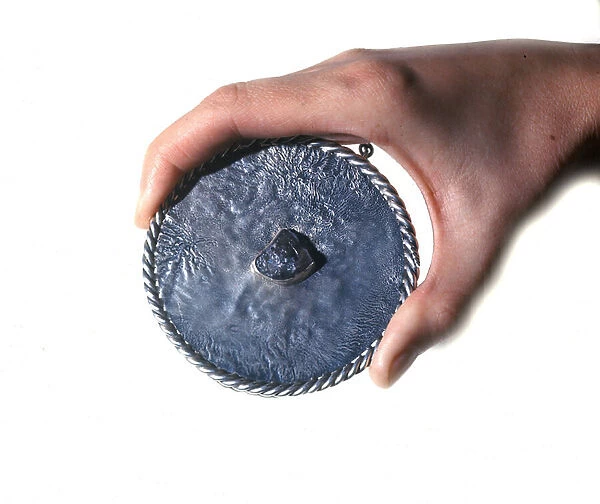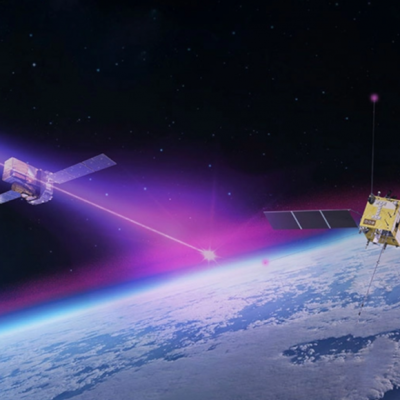The Vikings were known for their mastery of navigation on the high seas, even before the invention of the magnetic compass. They were able to cross the Atlantic and reach North America and Greenland with their wooden ships, using simple instruments such as a sun compass made of a round wooden board with markings and a shadow stick. However, recent research suggests that the Vikings may have also used a crystal known as a sunstone to navigate with even greater precision, even in cloudy or dim conditions.
Scientists at Eötvös Loránd University in Hungary conducted an experiment to test the accuracy of sunstone navigation. They simulated 1,080 different sky conditions that the Vikings may have encountered on their voyages, varying the position of the sun and the degree of cloud cover. They tested three types of sunstones, including a double-slit crystal, a tourmaline stone, and a cordierite stone. They found that even in scenarios with cloudy skies, the sunstone navigation was surprisingly precise, with the ability to determine the north direction within three degrees during the simulated summer and within six degrees during the spring.
The researchers noted that the accuracy of sunstone navigation would have been even greater if a navigator had measured and corrected their direction multiple times a day. While it is not certain whether the Vikings actually used sunstones for navigation, the experiments suggest that it was a viable option for precise navigation, particularly in the northern regions where the Vikings were known to travel. However, the accuracy of sunstone navigation would have been reduced in tropical regions with high sun angles.







-400x400.jpg)


